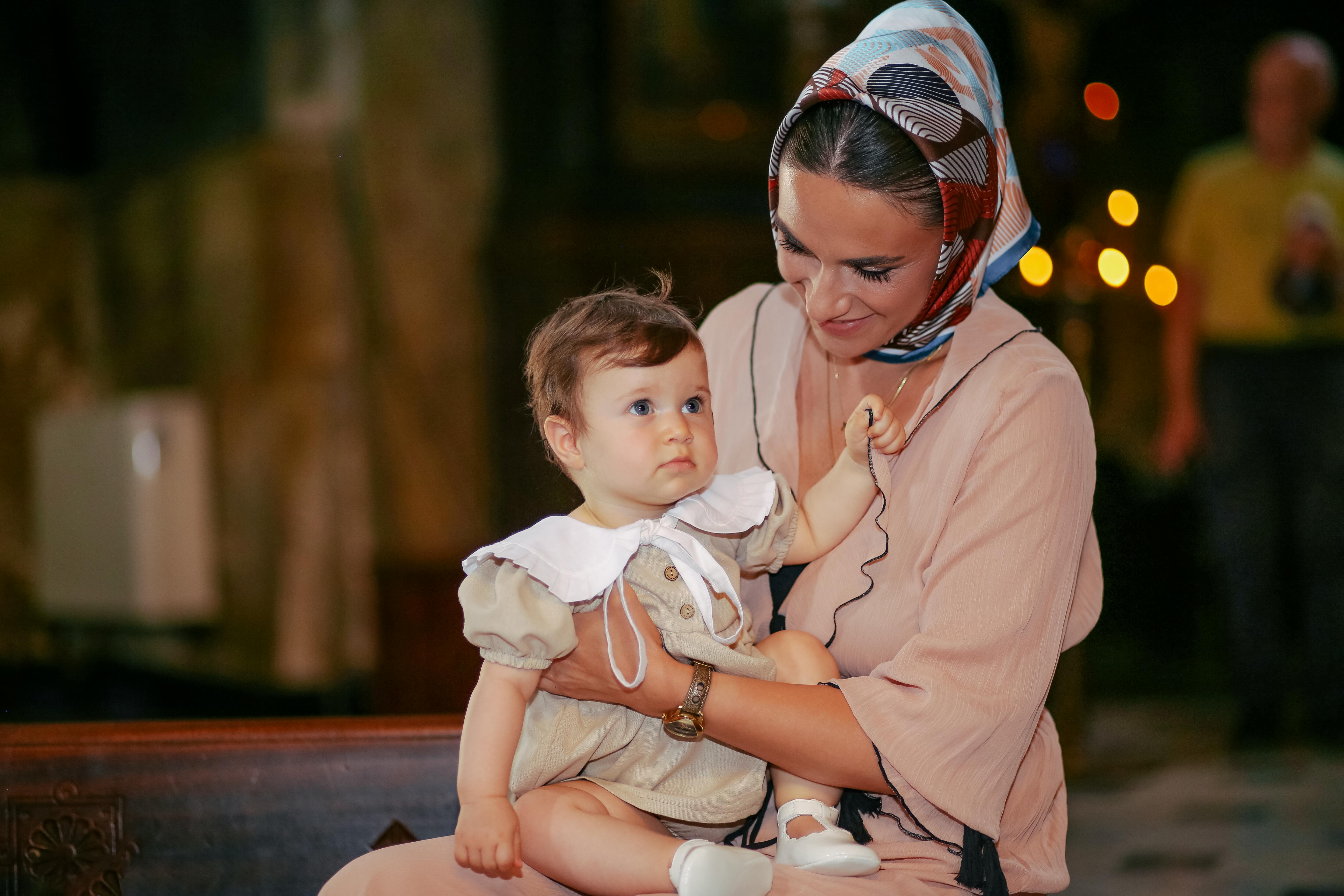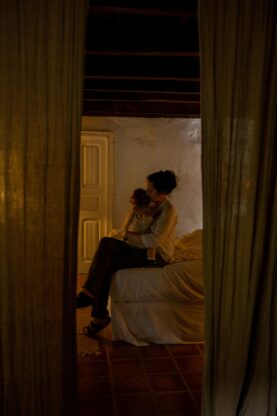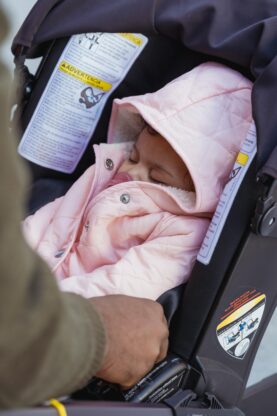Table of Contents
Emergency Preparedness
One of the most important safety procedures for babysitters is being prepared for emergencies. This includes knowing emergency contact information for the parents, the nearest hospital, and poison control. Babysitters should also be certified in CPR and first aid to handle any medical emergencies that may arise. It is important to have a clear plan in place for what to do in the event of a fire, severe weather, or other emergencies. Make sure to review the emergency procedures with the children and discuss what to do in each scenario.
On-Demand Childcare in Your Neighborhood
Book a Sitter
Childproofing
Childproofing the home is essential to prevent accidents and injuries while babysitting. Make sure to secure cabinets with childproof locks, put away any sharp objects or choking hazards, and cover electrical outlets. Keep cleaning supplies and other potentially harmful substances out of reach of children. It is also important to lock doors and windows to prevent children from wandering off or getting into dangerous situations. By taking the time to childproof the home, babysitters can create a safe environment for the children in their care.
Safe Sleep Practices
When babysitting infants or young children, it is crucial to adhere to safe sleep practices to reduce the risk of Sudden Infant Death Syndrome (SIDS). This includes placing infants on their backs to sleep, using a firm mattress with a fitted sheet, and not placing any soft bedding or toys in the crib. Ensure that the crib meets current safety standards and is in good condition. Make sure to follow the parents’ instructions on nap schedules and bedtime routines to ensure that the children are getting enough rest.

Supervision
Proper supervision is key to ensuring the safety of children while babysitting. Stay alert and attentive at all times, and never leave children unsupervised, especially around water or when playing outside. Make sure to establish boundaries and rules with the children regarding what is and is not allowed while in your care. It is important to closely monitor children during activities such as swimming, biking, or playing with toys to prevent accidents and injuries.
By providing constant supervision, babysitters can prevent accidents and respond quickly in case of an emergency.
Communication with Parents
Effective communication with parents is essential for ensuring the safety of children while babysitting. Make sure to discuss any medical conditions, allergies, or special needs that the children may have with the parents before they leave. Keep the parents informed of any accidents, injuries, or incidents that occur while they are away. Be sure to provide updates on the children’s activities, meals, and any issues that may arise during the babysitting session. By maintaining open and clear communication with parents, babysitters can ensure that the children’s needs are met and that any concerns are addressed promptly.
In conclusion, following these top 5 safety procedures can help babysitters provide a safe and secure environment for the children in their care. By being prepared for emergencies, childproofing the home, following safe sleep practices, providing proper supervision, and maintaining effective communication with parents, babysitters can ensure the well-being of the children under their care. Remember, safety should always come first when babysitting, and taking the time to implement these procedures can make all the difference in providing a positive and safe experience for both the children and the babysitter.










